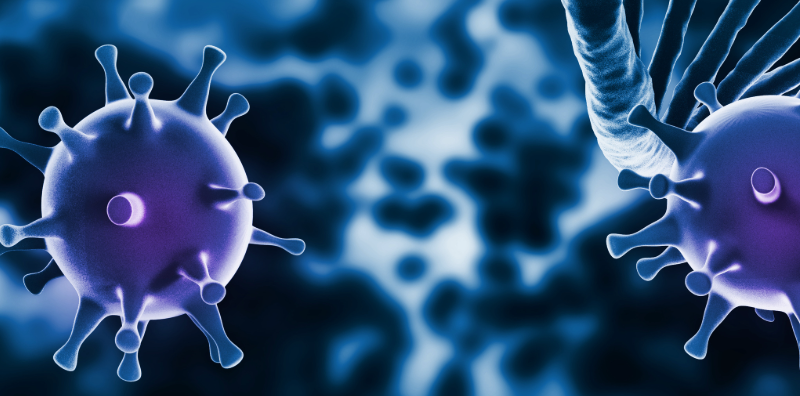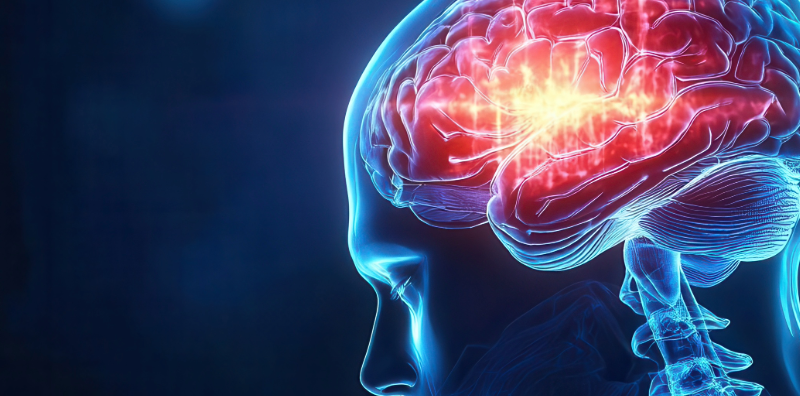One of the more interesting observations of a potential cause of our obesity crisis is the concept of protein leveraging (1). This concept states that the body senses the amount of protein at a meal probably through the release of the hormones PYY and GLP-1 from the L-cells in the small intestine. These hormones then travel directly to the brain via the vagal nerve to reach the hypothalamus and instruct the brain to stop eating. As the percentage of calories from protein in a meal drops, you are less likely to have sufficient PYY and GLP-1 being generated to signal the hypothalamus to tell you to stop eating. As a result, you keep on eating until the appropriate levels of protein have been consumed to generate enough of the gut hormones (PYY and GLP-1) to produce satiety. The end result is excess calorie consumption.
This is an important concept as the daily available calories of the U.S. food supply has increased by approximately 350 more calories per day since the early 1970s and virtually all of those excess calories have been in the form of carbohydrates and fats with little change in protein. This means the intake of protein has not kept pace with the increase in fat and carbohydrates in our food supply. Since it only takes an intake of an extra 200 calories per day to account for the rise of obesity, the protein leverage hypothesis can easily explain the increased rise of excess body fat (2).
Furthermore, in carefully controlled diet studies, there is an indication that diets with 30 percent protein lead to decreased total calorie consumption (3). Why? The most likely explanation is the increased production of PYY and GLP-1. You might think this is a relatively new concept, however, I wrote about this more than 25 years ago in my first book, The Zone (4).
The Zone Diet is not based on the number of calories you should consume, but in the necessary protein you need to consume to maintain your existing muscle mass. This is variable depending on your weight, percent body fat, and level of physical activity. This is why elite athletes need more protein per day (but not that much more) than sedentary individuals. Once you determine the total amount of protein you need per day, you then evenly spread it out throughout the day to ensure continuous stimulation of PYY and GLP-1 from the gut to cause the generation of satiety in the hypothalamus. The end result is you are not hungry. This is one of the keys to the success of the Zone Diet.
The level of total protein consumed at a meal requires about 1/3 more low-glycemic carbohydrates at the same meal to maintain stable blood glucose levels. This ensures more stable blood glucose levels for the next four to five hours. This reduces mental fatigue and hunger caused by hypoglycemia. Finally, you add a dash of monounsaturated fat to help the release of other satiety-inducing hormones (like CCK) from the gut. All of these components of the Zone Diet work synergistically to stimulate increased satiety with the least amounts of calories.
When you convert these amounts into calories, the Zone Diet contains 30 percent of its calories from protein, 40 percent of the calories from carbohydrates, and 30 percent of the calories from fat. It’s not that the macronutrient ratio is magical, just that you are taking advantage of protein leverage and maintaining better hormonal control by the corresponding levels of carbohydrates and fat. The result is that you are simply not hungry or fatigued throughout the day because you are maintaining hormonal levels in the blood as well as those generated from the gut within a zone consistent with a lack of hunger or fatigue. That’s why I called it the Zone Diet. These hormonal facts have not changed for the last 25 years and are unlikely to change in the future.
References
- Simpson SJ and Raubenheimer D. “Obesity: The protein leverage hypothesis.” Obes Rev 61: 133-142 (2005)
- Hall KD. “The potential role of protein leverage in the US obesity epidemic.” Obsesity (2019)
- Martens EA et al. “Protein leverage affects energy uptake of high-protein diets in humans.” Am J Clin Nutr 97: 86-93 (2013)
- Sears B. The Zone. Regan Books. New York, NY (1995)






